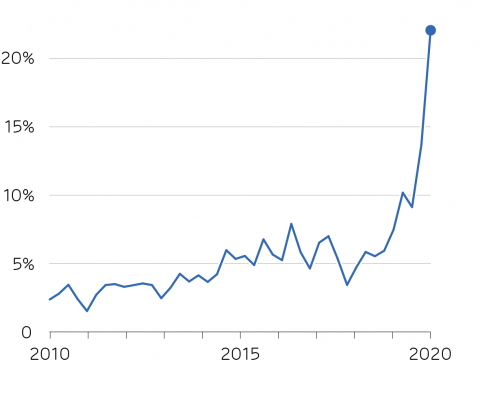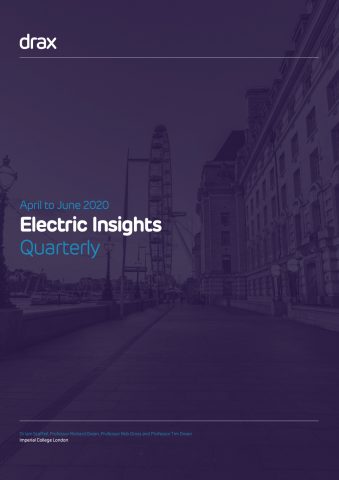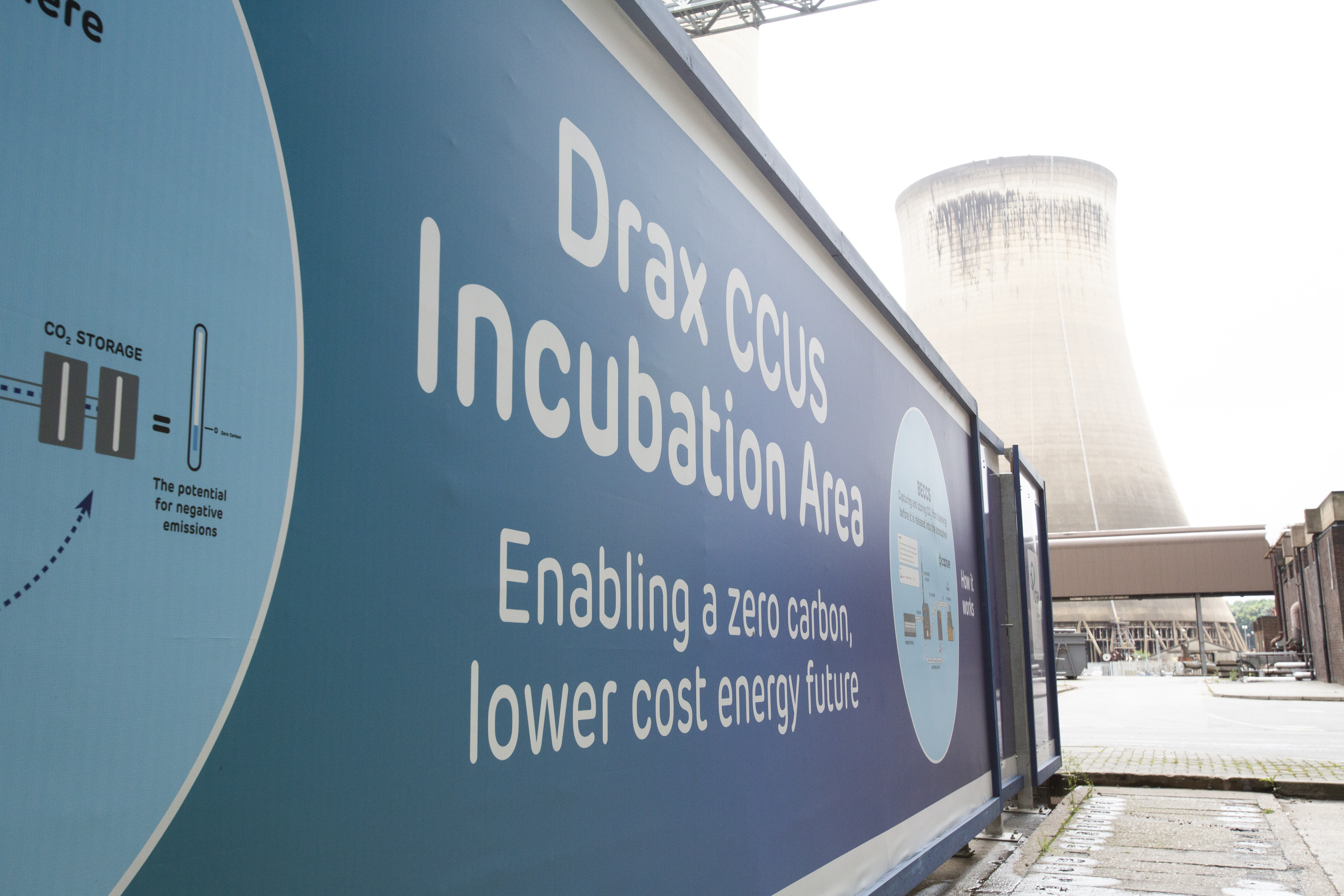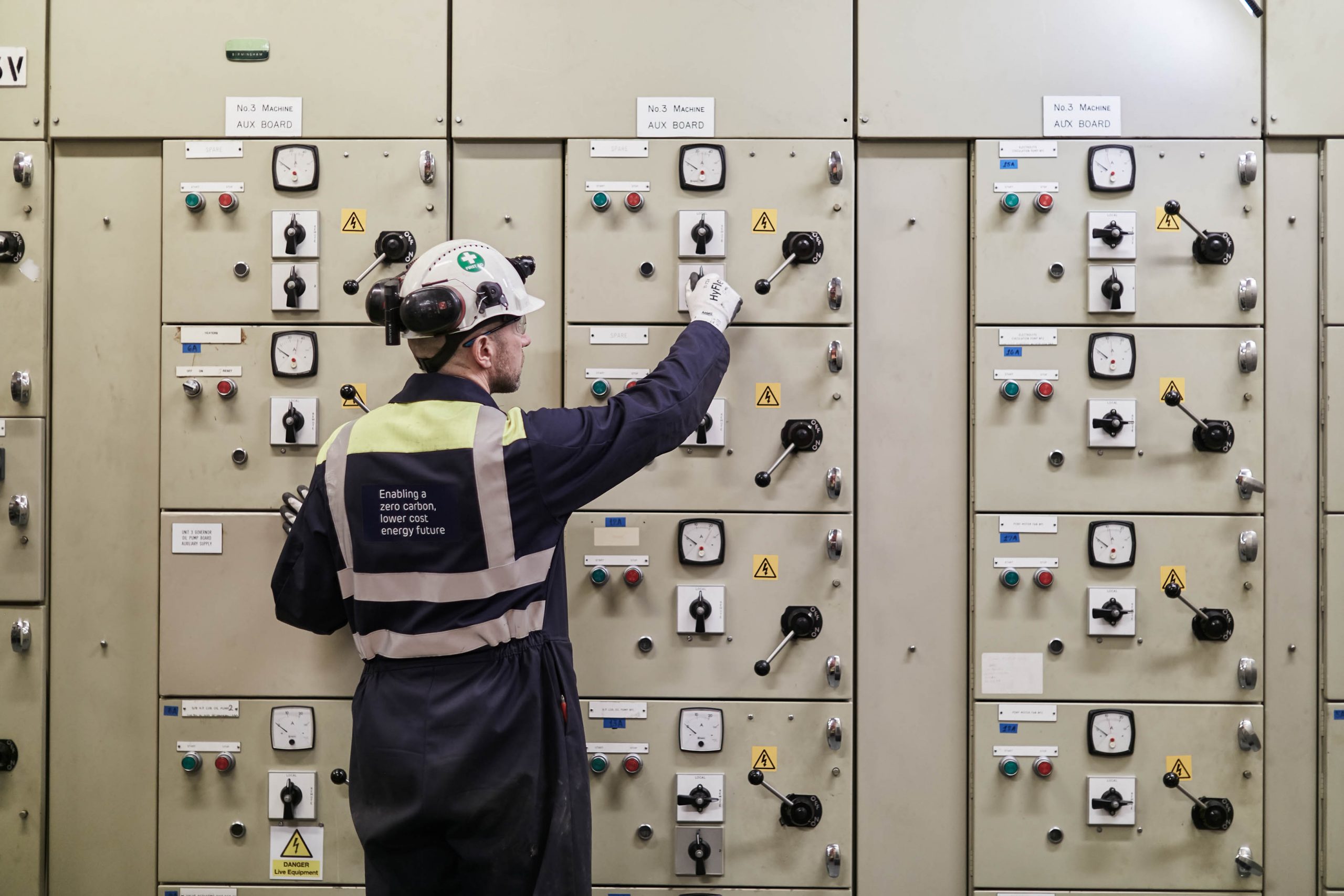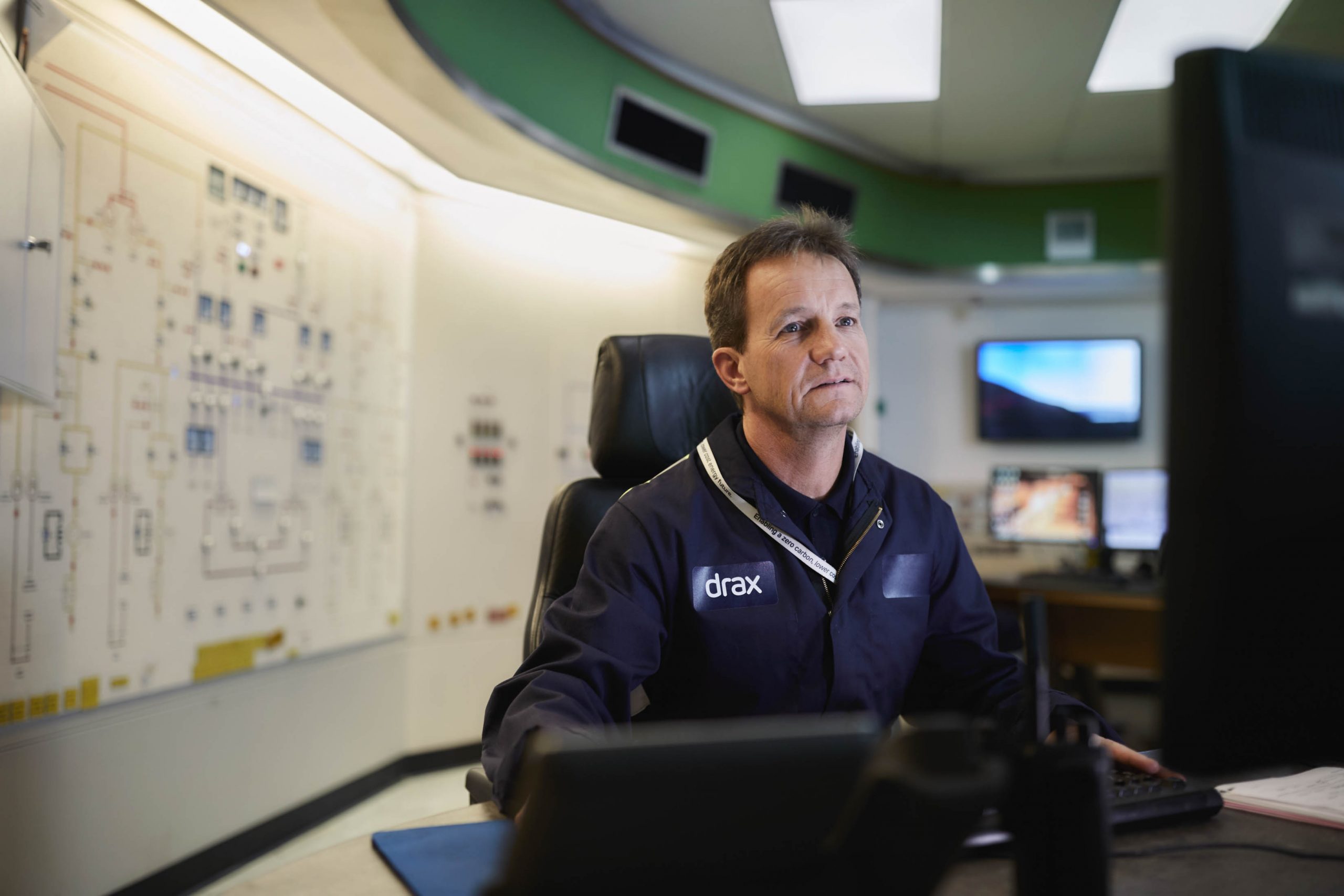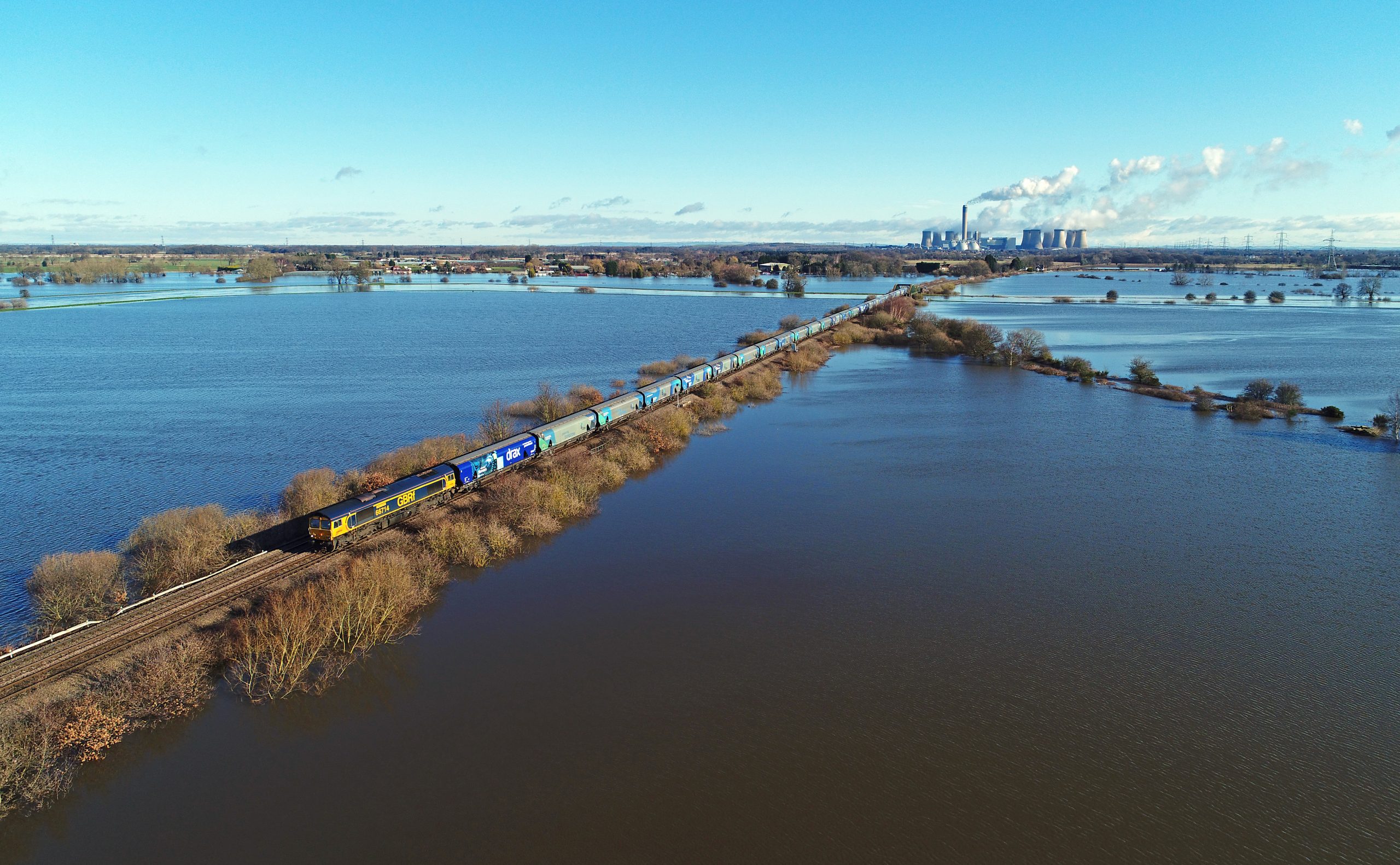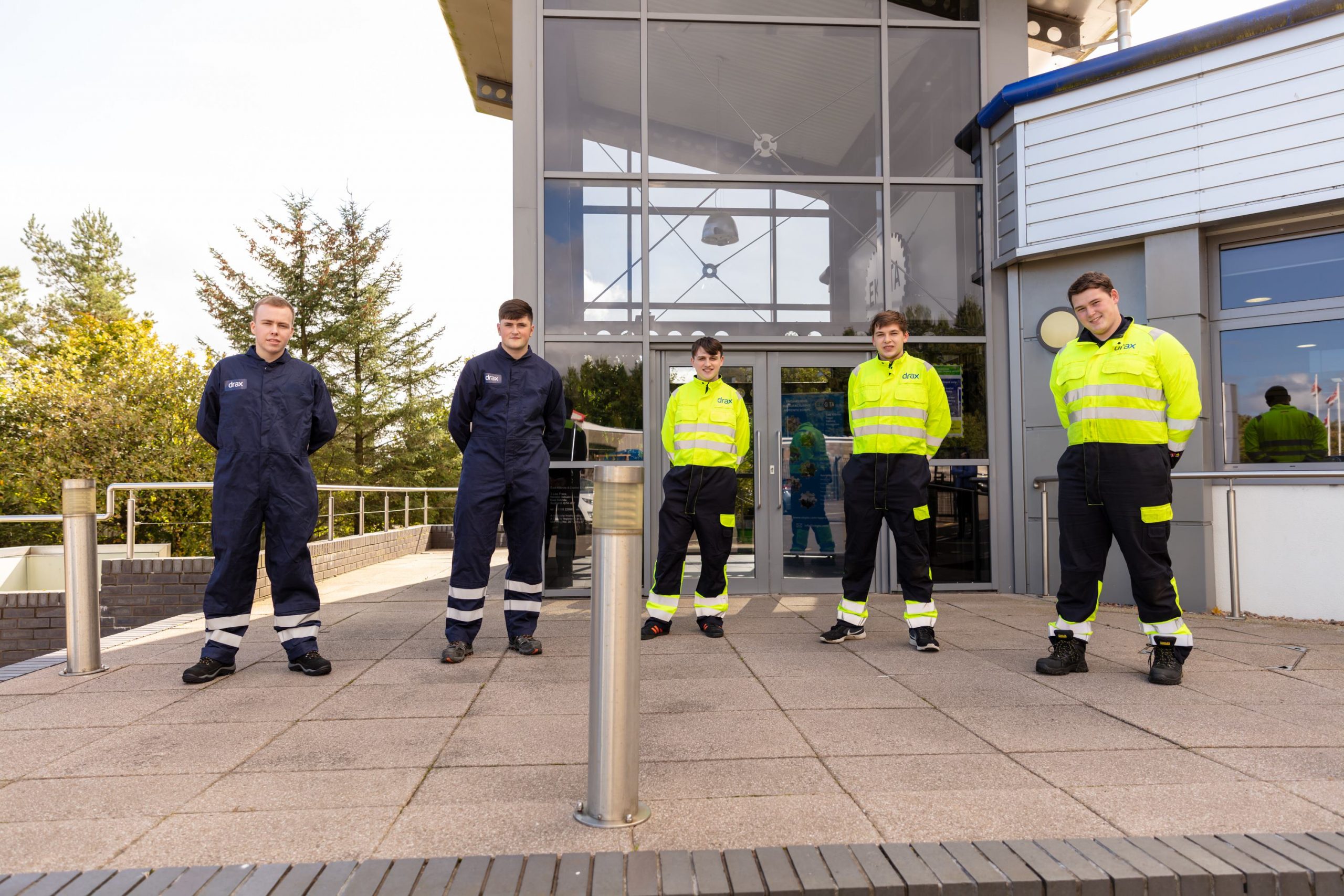
Energy company Drax is kickstarting careers in engineering by extending its apprenticeship scheme across Scotland.
Drax has appointed the new apprentices as part of its commitment to STEM (science, technology, engineering and maths) education, ensuring its workforce in Scotland has the skills needed to support a post-covid economic recovery.

Nathan Harbinson, Lanark apprentice
Mike Maudsley, Drax Group’s UK Portfolio Generation Director, said:
“Meeting our apprentices is one of the highlights of my job – these are the young people with the enthusiasm and raw talent to deliver the cutting-edge technologies of the future.
“Through these apprenticeships we aim to nurture that talent so they develop valuable skills – we want to have a workforce with the expertise that Drax, and Scotland, needs to thrive, especially as we recover from the Covid-crisis.”
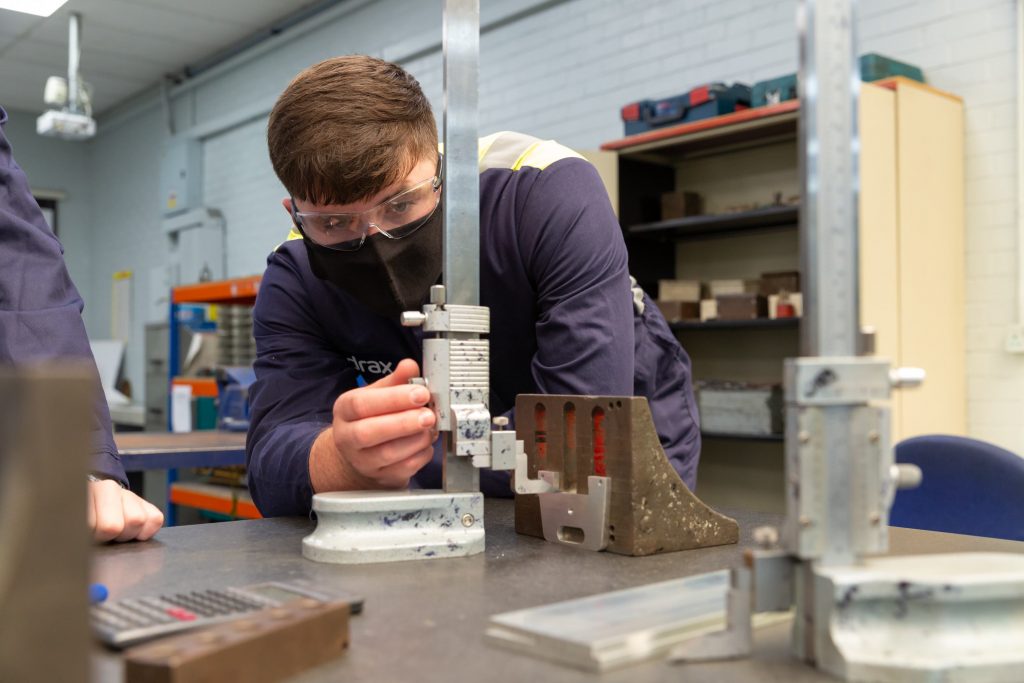
Ross Davie – Daldowie apprentice
The budding engineers will join Drax at its Cruachan pumped storage hydro power station, in Argyll and Bute, Galloway hydro power scheme, Lanark hydro power scheme and the Daldowie energy from waste plant, near Glasgow.
Ross Davie, aged 18, who has joined Drax’s Daldowie fuel from waste plant as a technical apprentice, said: “It has been a very uncertain time for young people like me looking to start their careers over the last few months, because of Covid. To not only secure an engineering apprenticeship, but one based at Drax’s Daldowie plant, is incredibly exciting.”
This is the second time Drax has invested in apprenticeships at its Scottish sites since it acquired them as part of a wider portfolio of flexible, low carbon and renewable assets at the start of last year. The continued investment in young people has been welcomed by the Scottish Government.
Jamie Hepburn, Skills Minister, said:
“As we recover from the economic impacts of the coronavirus pandemic it is vital that we continue to develop Scotland’s young workforce to equip people with the skills they need to succeed while meeting the emerging needs and opportunities of our employers and economy.
“Apprenticeships are not only valuable for our young people, they are a fantastic way for all employers to invest in their workforce and provide the skills the economy needs now and in the future.
“I am delighted that Drax continues to nurture new talent by appointing apprentices as part of its commitment to STEM skills and training. I would also like to take this opportunity to wish all those starting out in a new career the very best.”
Drax’s technical apprenticeship scheme gives new recruits the opportunity to gain skills and expertise by working alongside highly qualified engineers. It is a four-year programme, and specialises in three engineering disciplines: Mechanical, Electrical and Control & Instrumentation.
This year’s apprentices at Drax’s Scottish sites are all aged 18 and live locally. They will start work at the Drax sites once they have completed formal training at East Kilbride Group Training Association (EKGTA).
ENDS
Media contacts:
Aidan Kerr
Drax Group Media Manager
E: [email protected]
T: 07849090368
Ali Lewis
Drax Group Head of Media & PR
E: [email protected]
T: 07712670888
Editor’s Notes
This year’s apprentices at Drax’s Scottish operations are:
- Ross Davie (18) who will be working at Daldowie energy from waste plant, near Glasgow
- Paul Firth (18) who will be working at Daldowie energy from waste plant, near Glasgow
- Ross McCaskill (18) who will be working at Cruachan pumped hydro power station, Argyll and Bute
- Aaron Broatch (18) who will be working at Galloway hydro power scheme
- Nathan Harbinson (18) who will be working at Lanark hydro power scheme.
Drax has been running an apprenticeship scheme for almost two decades at its eponymous power station in North Yorkshire.
During the Covid pandemic Drax has invested in young people and supported the communities it operates in through a number of different initiatives, including:
- The company provided a Covid support package worth £636,000 to provide laptops with internet access for school pupils unable to learn from home, supported care homes by offering free energy during the crisis and backed a business debtline to offer support for small businesses.
- Free virtual tours of Drax’s power stations have also been created as an additional educational resource to help schools and parents during the lockdown.
- Virtual work experience has also been on offer.
About Drax
Drax Group’s purpose is to enable a zero carbon, lower cost energy future and in 2019 announced a world-leading ambition to be carbon negative by 2030, using Bioenergy with Carbon Capture and Storage (BECCS) technology.
Its 2,900-strong employees operate across three principal areas of activity – electricity generation, electricity sales to business customers and compressed wood pellet production.
Power generation:
Drax owns and operates a portfolio of flexible, low carbon and renewable electricity generation assets across Britain. The assets include the UK’s largest power station, based at Selby, North Yorkshire, which supplies five percent of the country’s electricity needs.
Having converted two thirds of Drax Power Station to use sustainable biomass instead of coal it has become the UK’s biggest renewable power generator and the largest decarbonisation project in Europe. It is also where Drax is piloting the groundbreaking negative emissions technology BECCS within its CCUS (Carbon Capture Utilisation and Storage) Incubation Area.
Its pumped storage, hydro and energy from waste assets in Scotland include Cruachan Power Station – a flexible pumped storage facility within the hollowed-out mountain Ben Cruachan. It also owns and operates four gas power stations in England.
Customers:
Through its two B2B energy supply brands, Haven Power and Opus Energy, Drax supplies energy to 250,000 businesses across England, Scotland and Wales.
Pellet production:
Drax owns and operates three pellet mills in the US South which manufacture compressed wood pellets (biomass) produced from sustainably managed working forests. These pellet mills supply around 20% of the biomass used by Drax Power Station in North Yorkshire to generate flexible, renewable power for the UK’s homes and businesses.
For more information visit www.drax.com/uk









